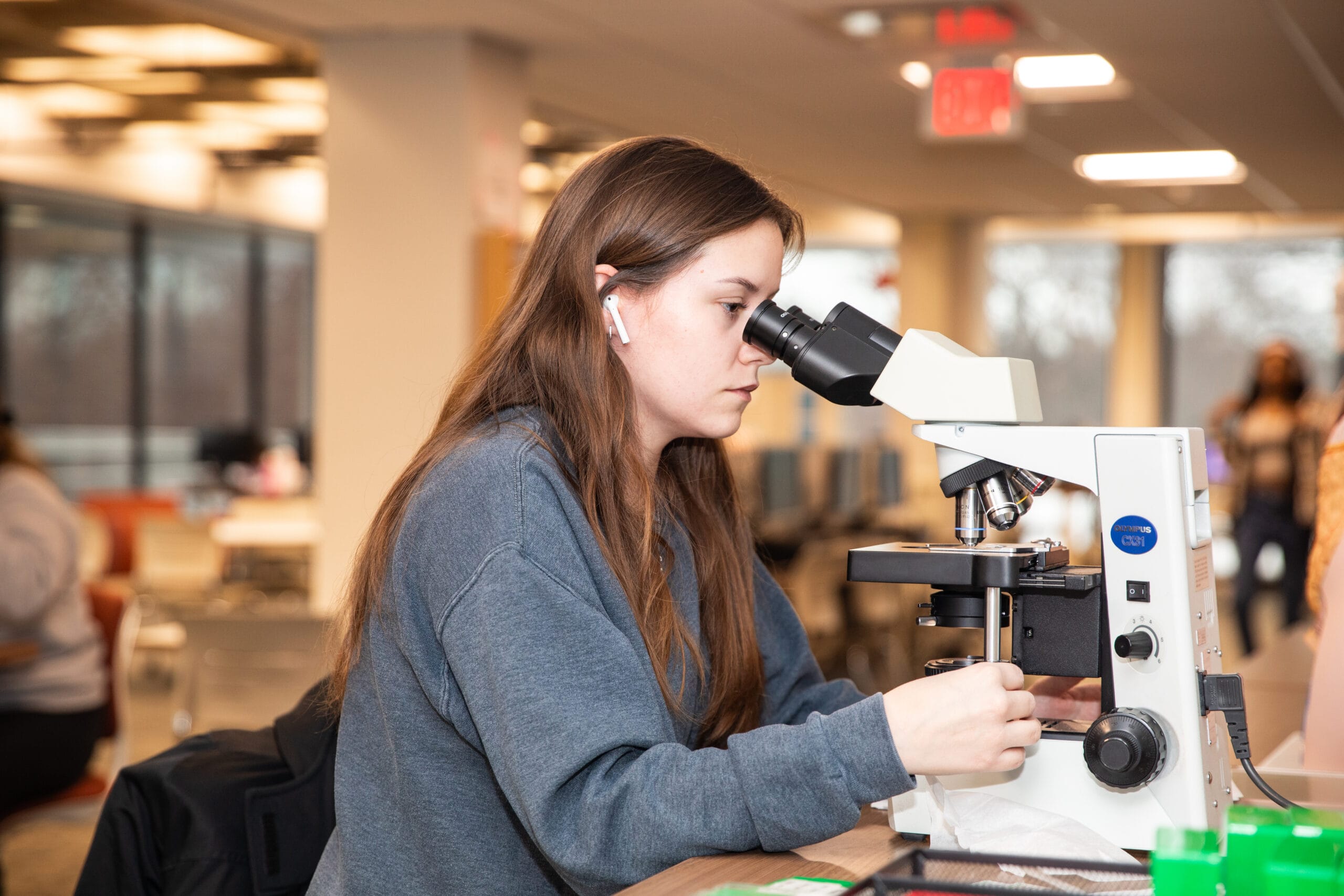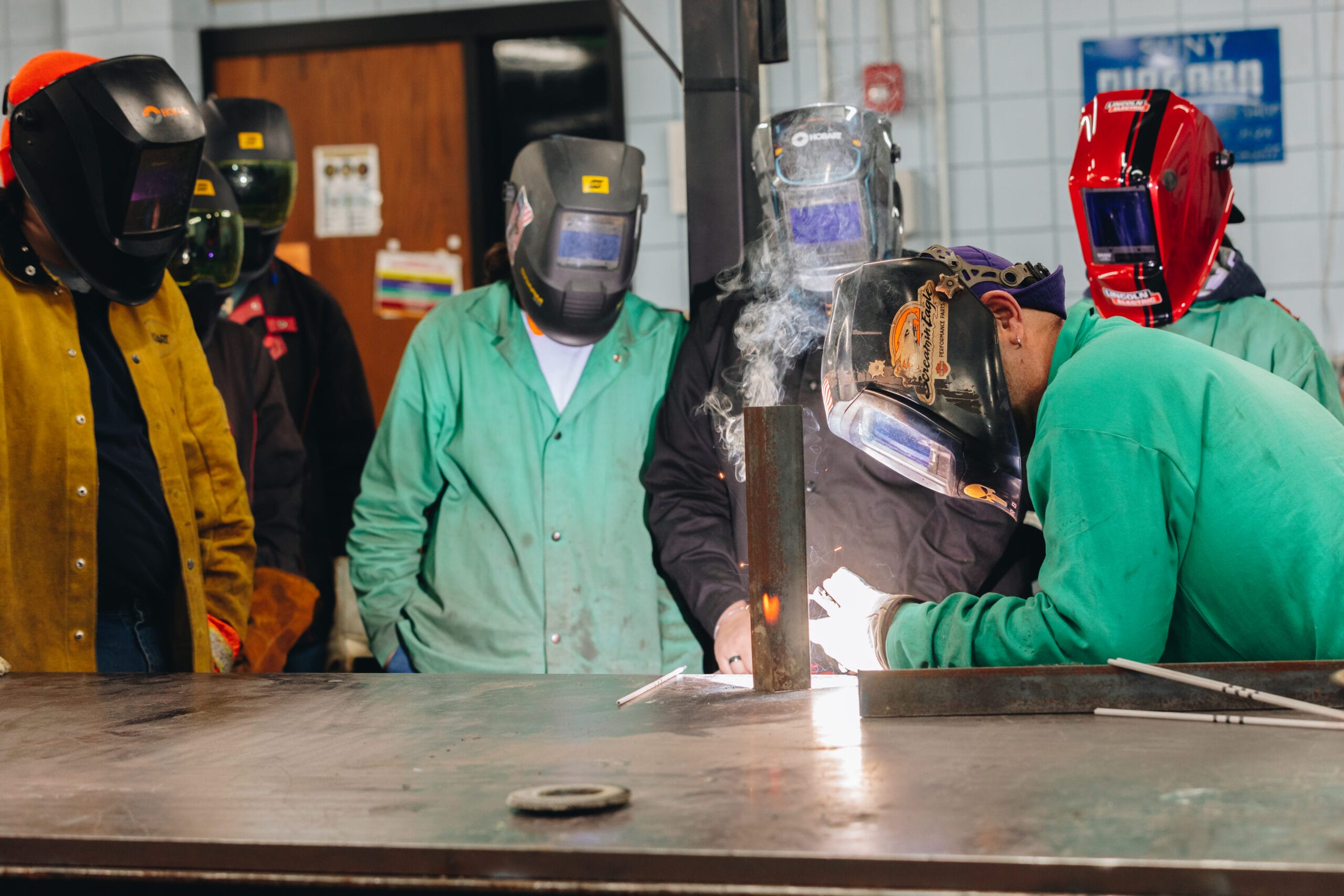Programs by Division
- Animation, A.S.
- Audio Recording and Production, Certificate
- Chemical Dependency Counseling, Certificate
- Childhood Education Studies, A.S.
- Communication Studies, A.S.
- Criminal Justice, A.S.
- Digital Media, A.S. (Tracks in: Video and Audio Production; Web Production)
- Digital Media: Web Production, Certificate
- Direct Support Professional, Certificate
- Early Childhood Studies, Certificate
- English, A.A.
- Fine Arts, A.S.
- Human Services, A.A.
- Human Services, A.A.S.
- Individual Studies, A.A.S.
- Liberal Arts and Sciences, A.A.
- Liberal Arts and Sciences: Humanities and Social Science, A.A.
- Liberal Arts and Sciences: Teaching English to Speakers of Other Languages (TESOL), A.A.
- Music, A.S.
- Music, Certificate
- Police Basic Training, Certificate
- Psychology, A.S.
- Public Safety, A.A.S.
- Teaching Assistant, Certificate
- Theatre Arts, A.S.
- Accounting, A.S.
- Accounting, A.A.S.
- Animal Management, A.A.S.
- Biology, A.S.
- Business: Business Administration, A.S.
- Business: Business Administration, A.A.S.
- Business Management, Certificate
- Chemistry, A.S.
- Computer Aided Drafting & Design (CADD): Mechanical, Process Piping and Control, A.A.S.
- Computer Aided Drafting, Certificate
- Computer Information Systems, A.S.
- Computer Science, A.S.
- Electronics Technology, A.A.S.
- Engineering Science, A.S.
- Environmental Studies, A.S.,
- Horticulture, A.A.S.
- Horticulture, Certificate
- Individual Studies, A.A.S.
- Liberal Arts and Sciences: Mathematics and Science, A.S.
- Mechanical Technology: Mechanical Design, A.A.S.
- Sport Management, A.S.
- Welding Technology, A.A.S.
- Dietetics Studies, A.S.
- Health Studies, A.S.
- Individual Studies, A.A.S.
- Massage Therapy, A.A.S.
- Medical Assistant, A.A.S.
- Nursing, A.A.S.
- Personal Training, Certificate
- Phlebotomist, Certificate
- Physical Education Studies, A.S.
- Practical Nursing, Certificate
- Radiologic Technology, A.A.S.
- Surgical Technology, A.A.S.
Explore Your Path to Success
Academic Programs
With more than 50 degree and certificate programs, we offer diverse academic pathways in Arts, Humanities & Social Sciences; Business & STEM; Hospitality, Baking & Culinary Arts; and Nursing, Physical & Allied Health. Whether you’re starting a career, enhancing skills, or preparing to transfer, our hands-on learning and expert instruction set you up for success.


What is an A.S Degree?
Associate in Science (A.S.), like the A.A., may also serve as a transfer degree. Many students will earn their A.S. and then transfer to a four-year college or university to complete a bachelor’s degree. However, unlike the A.A. that focuses on liberal arts-based education, the A.S. focuses on the sciences.




What is an A.A.S. degree?
Associate in Applied Science (A.A.S.) is almost always designated as an occupational degree and is designed to help students prepare for a specific trade or occupation.




What is a certificate?
A Certificate is a one-year program generally requiring about 30 to 32 credits. Upon completion, a Certificate can prepare students for a trade or occupation. Often, Certificate courses equal the first year of a related Associate degree.




What is an A.A. Degree?
Associate in Arts (A.A.) is an Associate degree that is designated by many community colleges as a transfer degree. A.A. degrees offer students a general education in preparation for a bachelor’s degree program.


Professional Licensure Disclosure
Effective July 1, 2024, federal regulation required institutions of higher education to make a determination whether a Title IV eligible academic program that leads to professional licensure or certification meets the educational requirements for licensure/certification in the U.S. State where the institution is located and the U.S. States where “distance education” students are located at the time of initial enrollment in the program, as well as U.S. States where the program is advertised as meeting such
requirements, and if applicable, the U.S. State where students attest they intend to be licensed/certified.
The SUNY Niagara programs listed below are registered by the New York State Education Department and thus meet the educational requirements for licensure/certification for New York State. Through a good faith effort, and for the purpose of complying with the federal regulation, we have determined that the following programs at SUNY Niagara meet the educational requirements for licensure/certification in the additional listed states; however, it is important to note that SUNY Niagara is not the licensure/certification authority in these U.S. States and cannot assess whether an individual candidate will be issued a license/certificate in these U.S. States. It is incumbent on each individual candidate to contact the licensure/certification authority in the applicable U.S. State for any further guidance on the requirements for licensure/certification requirements and application processes.
Note that SUNY Niagara has established a location policy. Students who may be impacted by this professional licensure disclosure policy are encouraged to review and adhere to the location policy. It can be found at this link.
- Accounting, AAS
- New York: Yes
- Accounting, AS
- New York: Yes
- Chemical Dependency Counseling, Certificate
- New York: Yes
- Direct Support Professional, Certificate
- New York: Yes
- Massage Therapy, AAS
- New York: Yes
- Medical Assistant, AAS
- New York: Yes
- Nursing, AAS
- New York: Yes
- Texas: No
- North Carolina: No
- Personal Training, AS
- New York: Yes
- Practical Nursing, Certificate
- New York: Yes
- Radiologic Technology, AAS
- New York: Yes
- Teaching Assistant, Certificate
- New York: Yes
- Surgical Technology, AAS
- New York: Yes
- Welding, AAS
- New York: Yes

Contact
- Contact Academic Affairs
- Phone: 716-614-6450
- Fax: 716-614-6406
- Location: Notar Admin Bldg.
- Hours: Mon-Fri, 8:00 AM – 4:00 PM





